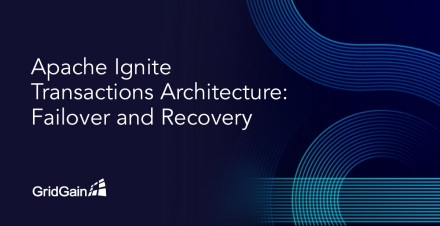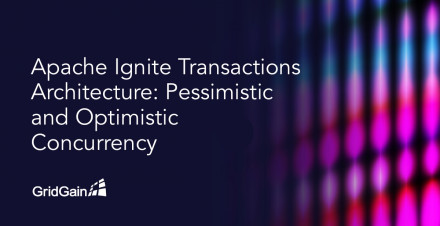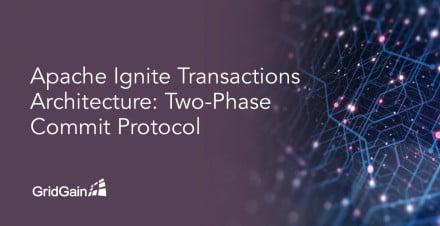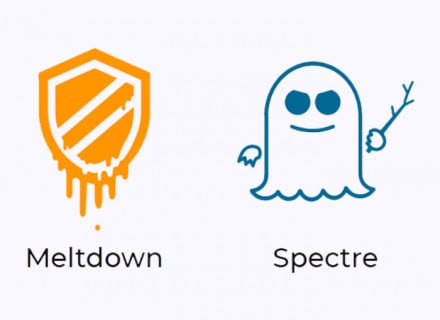The GridGain Systems In-Memory Computing Blog
Back in the day, when today’s parents were software engineers, whenever you built large-scale systems you had to size everything. For a while many people forgot, except for the few in banking, or the people who rewrote Sabre Systems and other high-volume systems. But then data volume, variety and velocity took off.
Now you HAVE to think about HOW you improve performance and scalability…
London-based FSB Technology (UK) Ltd., which provides real-time sports betting platforms as a fully-managed service, is relying on GridGain Enterprise Edition to ensure real-time performance and scalability of their PostgreSQL-based system in the face of rapid growth and extreme processing spikes. The complete case study can be here.
“GridGain has enabled us to provide a high performance, highly…
In this article, we will focus on how Apache Ignite handles failover and recovery during transaction execution.
In the previous article in this series, we looked at concurrency modes and isolation levels. Here are topics we will cover in
the rest of this series:
Failover and recovery [this article]
Transaction handling at the level of Ignite persistence (WAL, checkpointing, and more)…
Somehow, a cache is no longer a cache. Our requirements changed while we were all focused on trying to handle the ever-increasing load -- one application at a time. So what is a cache? Why does it exist? What changed? And why are people replacing Redis? If you’re interested in hearing about it in more detail, watch the Webinar Redis Replaced: Why Companies Now Choose Apache® Ignite™ to…
This article on pessimistic and optimistic concurrency is the second in the Apache Ignite Transactions Architecture series.
In the previous article, we looked at the two-phase commit protocol and how it worked with various types of cluster nodes in Apache Ignite. Here are topics we will cover in the rest of this series:
Pessimistic and optimistic concurrency [this article]…
This article on Apache Ignite and the two-phase commit protocol is the first in a series of five posts regarding the Apache Ignite transactions architecture.
Apache Ignite supports a range of different Application Programming Interfaces (APIs). In this multi-part article series, we will take a more detailed look at how Apache Ignite manages transactions in its key-value API and some of the…
MySQL is a popular open-source relational database management system (RDBMS) that has certain limitations when it comes to Big Data analytics. In this context, this post will delve into five key MySQL limitations that can be addressed by taking a modern approach to the data architecture.
1. Delivering Hot Data
In large Big Data analytics applications, the data cache stored in RAM can grow very…
In the previous article, we reviewed and summarized pitfalls of the query-driven data modeling methodology (a.k.a. denormalized data modeling) utilized in Apache Cassandra. Turns out that the methodology prevents us from developing efficient applications without insight into what our queries will be like. In reality, an application architecture under this scenario will get more…
The world was rocked after the recent disclosure of the Meltdown and Spectre vulnerabilities that literally affect almost all software ever developed. Both issues are related to the way all modern CPUs are designed and this is why they have opened unprecedented security breaches -- making the software, including GridGain, vulnerable to hacker attacks.
The vulnerabilities are registered…
Apache Cassandra has become an incredibly popular database for software architects and engineers. Many of us trust it for our applications’ data and, presently, there are thousands of deployments running this reputable NoSQL database. No doubt, Cassandra totally deserves its glory and reputation. The database simply does what it is expected from it -- unlimited scalability and high-…












